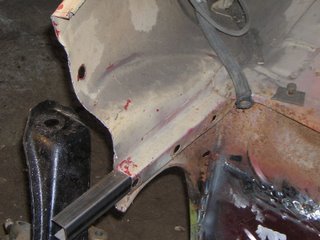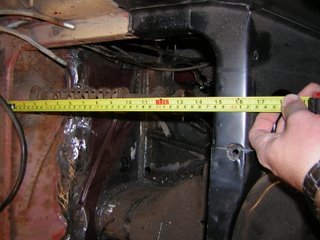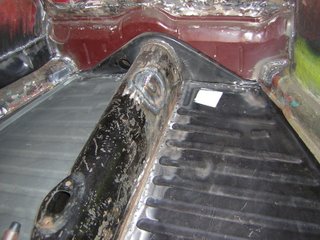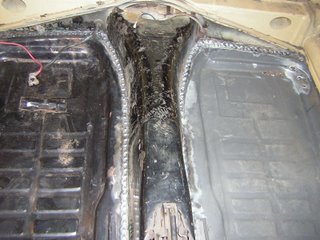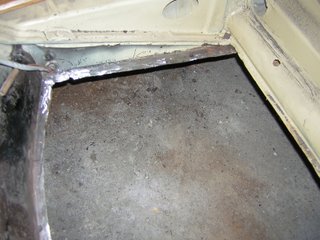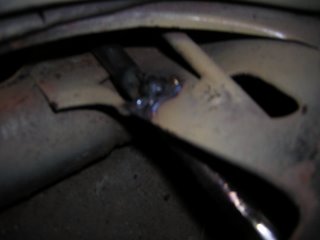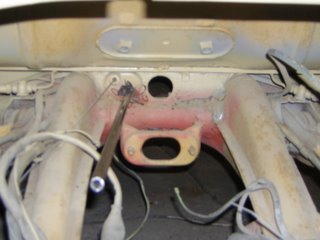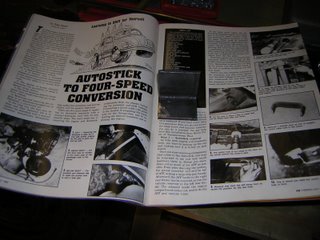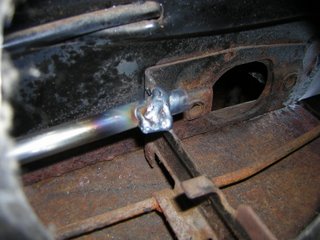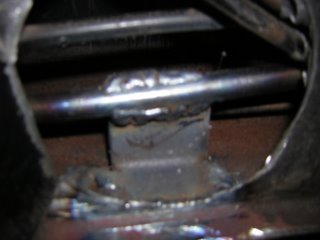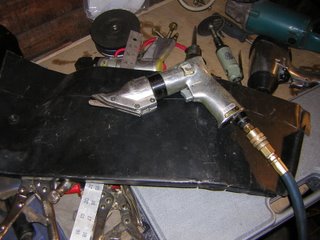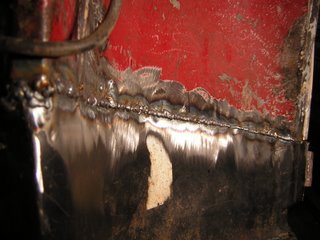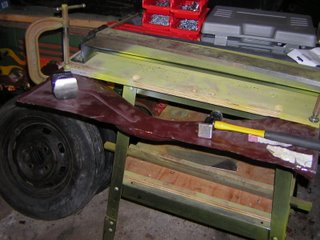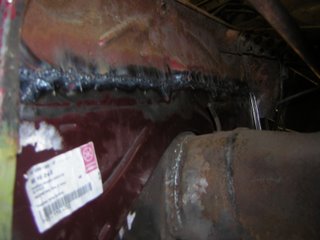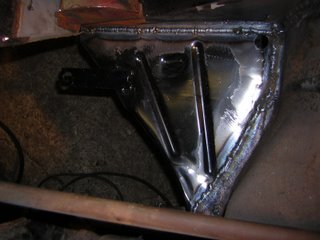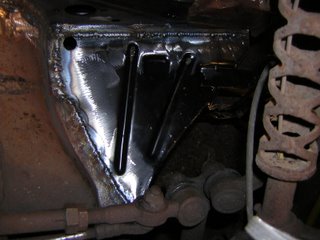

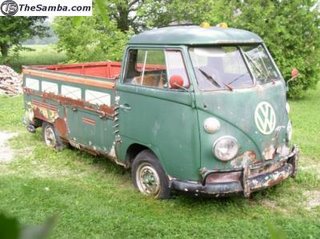
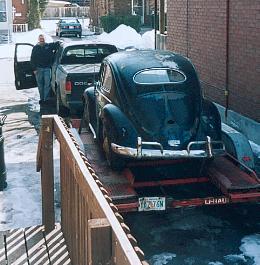
A number of people lately have been asking about my VW collection. Here is a snapshot of each of the vintage VW's I currently own:
#1 - 1972 SUPER BEETLE (THE LEMON)
-this is a flat windshield Super Beetle, arguably the most desireable of Super Beetles
-it was purchased as a driver, though I have now done some pretty extensive work to it it will never be perfect
-it is pretty much stock, with the original interior and engine and a crappy paint job
-we drove this car to the East coast and back last year (5000 km or 3000 miles) in one week
-currently the car is off the road getting rust repairs and paint improvements
-this car will be back on the road by May / June
-This was originally a BC car
#2 - 1976 DELUXE CAMPOBILE WESTFALIA (THE LIME)
-this is the latest addition to the stable
-this vehicle represents the ultimate compromise between our (now for sale) camping trailer and my Volkswagen obsession
-we are planning many camping trips this summer
-this vehicle retains its original stock interior. I am currently sourcing a new (used) passenger seat, new pop-top tent and some other odds and ends to freshen the interior so we can use it regularly
-the exterior has just gone through metal patch and paint process
-it is not a show vehicle, but it is solid, looks good, and I'm sure we'll have some great fun with it
-the engine has a rebuilt 2L type IV engine running a centremount Weber 2BBL carb
-other projects in the works for this vehicle are custom front and rear tow hitches (the front one for a bike rack, the rear for towing), a custom audio and dvd video system inside, and ultimately a refacing of the original Westy cabinets.
-This car was purchased new in Toronto.
#3 - 1966 SINGLE CAB TRANSPORTER TYPE II (THE RUSTBUCKET OR SHITTY SPLITTY)
-well, this one is as bad as it looks, but it paid for itself already.
-the whopping $200 purchase price was offset by selling the siezed engine for $100 and the crusty gas heater for $100
-this one needs a full resto starting from the frame to the tops of the rockers
-it is a long term project, but we'd rather work on it than split it up for parts
#4 - 1956 TYPE 1 (THE CROWN JEWEL)
-okay, it doesn't look like much, but this is the only one I would never sell
-this is my dream VW
-it will eventually be restored to original specs with a 36HP engine from my collection of parts
-I am in no hurry to finish this one. I want to make sure every part I put into it is correct.
-when complete this car will be a trailer queen, I doubt we'll take it for more than Sunday drives
-some say I should scrap it and buy a finished one from California, but I can't wait for the thrill of turning the key and driving off in a 50 year old collection of German parts that I have cobbled together. The coolest part? This has always been a Canadian car. I just got the birth certificate from the Wolfsburg museum and this car was delivered to and sold in Vancouver in 1956.
OTHER VW'S I'VE OWNED OVER THE YEARS:
1970's BUG
-I was five. It was my first bug. Actually it was my dad's. The story goes that he bought it for $100, drove it home, took it apart with my brother and I, then sold it for $200 in pieces. We have pictures of me sitting on the hood. I can remember going tobogganing in the upside-down hood from this bug!!!
1979 BRADLEY GT
-Bought on a whim - the name was right. Sold on a whim for too little money.
-a cool kit-car, but severe ergonomic issues and driveability problems
-the real reason for selling - I couldn't practically see spending time and money on something I'd likely never be able to easily get in and out of. Besides, I needed the cash at the time.
1972 EUROPEAN SPEC SUPER BEETLE
-Somebody traded me this running, driving car for a canoe and trailer I had for sale
-it only needed front rotors to certify (front rotors??? yes, European cars came with disc brakes even in '72. even funnier - the Orillia, Ontario Canadian Tire store had a set in stock!!!!! I think they'd been there for many years - a custom order gone bad.)
-after about 250 km the stop leak the PO put in the oil stopped working. I'm sure the oil plume from this engine was a main contributor to the hole in the ozone layer.
-I sold this car for $2000 cash. A good deal for a canoe and trailer. I wish I'd kept it though. If I knew then what I knew now, a set of rebuilt heads at $99 / piece would have fixed the problem.
1974 THING
-see the "SOLD" postings below.
1992 GOLF
-traded a garden tractor that was given to me for this car, the owner though the engine was siezed.
-actually the alternator was siezed. I cut off the alternator belt, put in some fresh fuel, and it started up perfectly. Replaced the alternator and belt with used items for $50, sold the car for $900 a week later
1994 JETTA DIESEL
-my first and only diesel
-a cool car with a rebuilt engine
-not sure how good the rebuild was, engine always ran hot, a/c cut out to prevent overheating
-drove this car to the meeting that got me my first big (and to this day biggest) single purchase order for packaging!!!
-traded it for my 2002 Dakota and got good value for the car. no regrets, except next time go for TDI!!!!







